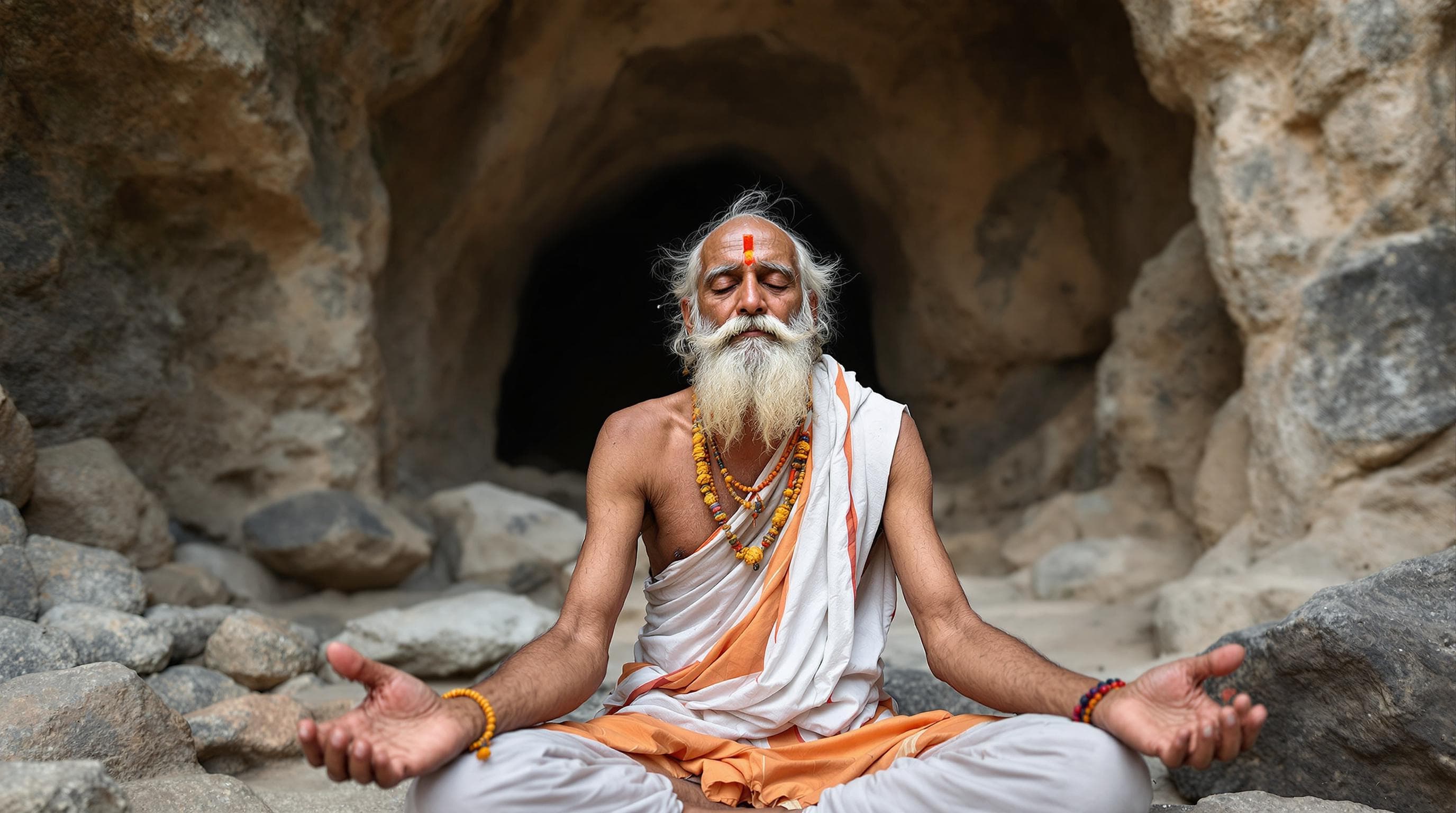Unlocking the Power of Prana



Ancient Yogic Breath Practices: Unlocking the Power of Prana
For thousands of years, ancient yogis have explored the profound connection between breath and life. They believed that the breath, or prana (life force), was the bridge between the body, mind, and spirit. Through disciplined breath practices, known as pranayama, these sages discovered how to harness the power of the breath to achieve physical vitality, mental clarity, and spiritual awakening. In this blog post, we’ll dive into the breath practices of ancient yogis, the techniques they used, and the transformative benefits they experienced after years of dedicated practice.
The Philosophy of Breath in Yoga
In yogic philosophy, the breath is more than just a physiological function—it is the carrier of prana, the vital energy that sustains all life. Ancient texts like the Hatha Yoga Pradipika and the Yoga Sutras of Patanjali emphasize the importance of controlling the breath to master the mind and unlock higher states of consciousness. The word pranayama is derived from two Sanskrit words:
Prana: Life force or vital energy.
Ayama: Extension or control
Thus, pranayama means the regulation or expansion of life force through breath control. Ancient yogis believed that by mastering the breath, one could influence the flow of prana in the body, leading to profound physical, mental, and spiritual benefits.
Key Breath Practices of Ancient Yogis
The ancient yogis developed a variety of pranayama techniques, each with specific purposes and effects. Here are some of the most well-known practices:
Nadi Shodhana (Alternate Nostril Breathing)
This practice involves alternating the breath between the left and right nostrils, which is said to balance the energy channels (nadis) in the body.
Purpose: To purify the energy pathways, calm the mind, and balance the nervous system. Technique:
Close the right nostril with your thumb and inhale through the left nostril.
Close the left nostril with your ring finger and exhale through the right nostril.
Repeat the process, alternating nostrils.
Kapalabhati (Skull-Shining Breath)
This is a dynamic breathing technique involving forceful exhalations and passive inhalations.
Purpose: To detoxify the body, energize the mind, and stimulate the digestive system. Technique:
Sit comfortably and take a deep breath in.
Exhale forcefully through the nose while contracting the abdominal muscles.
Allow the inhalation to happen passively. Repeat in quick succession.
Bhastrika (Bellows Breath)
Bhastrika mimics the action of a bellows, with vigorous inhalations and exhalations.
Purpose: To increase energy, clear the mind, and stimulate the flow of prana. Technique:
Inhale deeply and exhale forcefully through the nose.
Repeat rapidly for a set number of rounds, followed by a deep breath and retention.
Bhramari (Bee Breath)
This calming practice involves producing a humming sound during exhalation, resembling the sound of a bee.
Purpose: To reduce stress, calm the nervous system, and enhance focus. Technique:
Inhale deeply through the nose.
Exhale slowly while making a humming sound.
Sama Vritti (Equal Breathing)
This practice involves equalizing the length of inhalation and exhalation.
Purpose: To promote relaxation, balance the mind, and prepare for meditation. Technique:
Inhale for a count of four, and exhale for the same count.
Gradually increase the count as your practice deepens.
The Benefits of Yogic Breath Practices The ancient yogis dedicated years to mastering pranayama, and their efforts were rewarded with profound benefits. Here are some of the key transformations they experienced:
1. Physical Vitality
Pranayama enhances oxygenation of the blood, improving overall energy levels and physical health. Practices like Kapalabhati and Bhastrika stimulate the digestive and circulatory systems, detoxifying the body and boosting immunity.
2. Mental Clarity and Emotional Balance
Breath control directly influences the nervous system, helping to reduce stress and anxiety. Techniques like Nadi Shodhana and Bhramari calm the mind, improve focus, and promote emotional stability.
3. Spiritual Awakening
Ancient yogis believed that pranayama awakened the dormant spiritual energy known as kundalini. By mastering the breath, they could enter deep states of meditation, access higher consciousness, and experience unity with the divine.
4. Longevity and Inner Peace
Yogis observed that animals with slower breathing rates, like turtles, lived longer. They applied this principle to their own lives, using slow, controlled breathing to extend their lifespan and cultivate inner peace.
The Science Behind the Practice
Modern science has begun to validate many of the benefits that ancient yogis discovered through pranayama. Research shows that breath control can:
Activate the parasympathetic nervous system, reducing stress and promoting relaxation. Improve heart rate variability (HRV), a key indicator of cardiovascular health. Enhance brain function by increasing oxygen supply and stimulating the vagus nerve.
These findings confirm what yogis have known for millennia: the breath is a powerful tool for transforming the body and mind.
How to Begin Your Own Practice
If you’re inspired by the wisdom of the ancient yogis, here are some tips to start your own pranayama practice:
1. Find a Quiet Space: Choose a calm, distraction-free environment.
2. Start Slowly: Begin with simple techniques like Sama Vritti or Nadi Shodhana.
3. Be Consistent: Practice daily, even if only for a few minutes.
4. Listen to Your Body: Avoid straining or forcing the breath.
5. Seek Guidance: Consider learning from a qualified yoga teacher to ensure proper technique.
Conclusion:
The ancient yogis understood that the breath is much more than a biological function—it is the key to unlocking our full potential. Through disciplined pranayama practice, they achieved remarkable physical, mental, and spiritual benefits, leaving behind a timeless legacy for us to explore. In today’s fast-paced world, these breath practices are more relevant than ever. By incorporating pranayama into your daily routine, you can tap into the wisdom of the ancients and experience the transformative power of the breath for yourself. So, take a deep breath, and begin your journey toward vitality, clarity, and inner peace. The path of the ancient yogis awaits you.
"When the breath wanders, the mind is unsteady. But when the breath is calmed, the mind too will be still.” – Hatha Yoga Pradipika